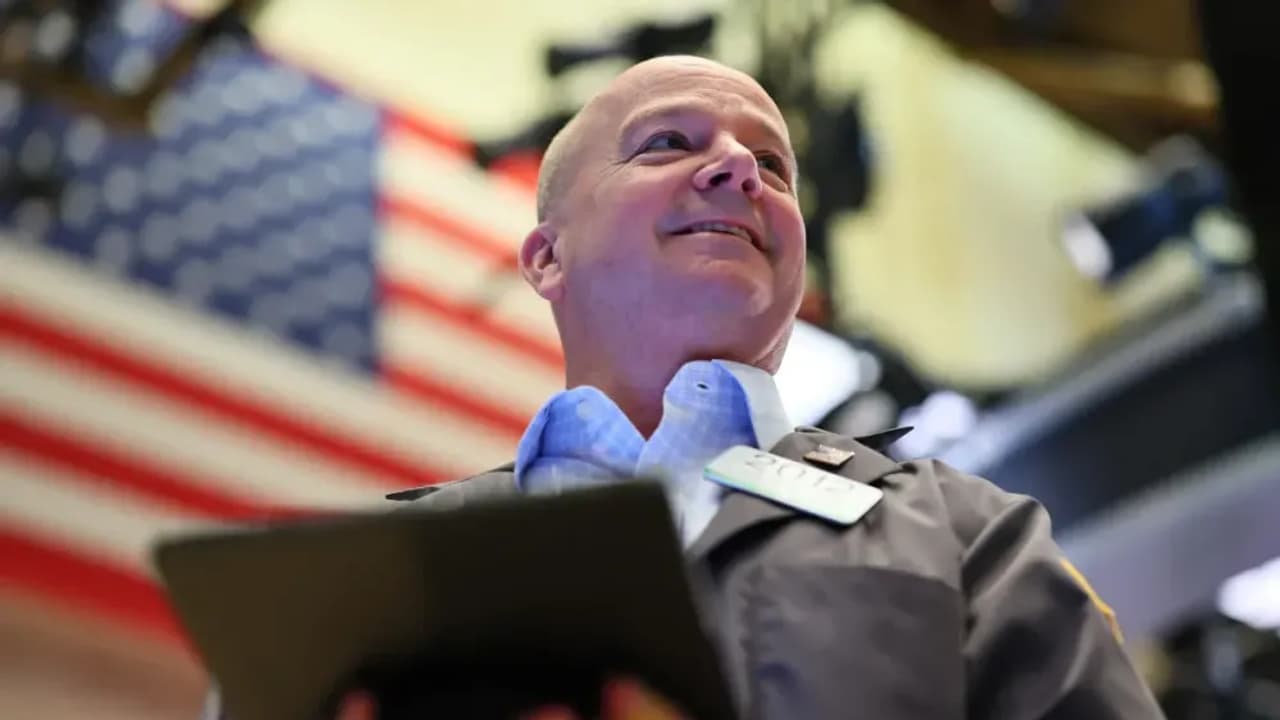The major averages in Asia were mixed in early trading as traders took stock of Wall Street’s gains overnight and stayed wary about the crisis in the Middle East.
Sentiment has taken a turn for the worse after Monday’s gains as major U.S. stock index futures fell moderately overnight after signals pointed to an escalation in Middle East tensions between Israel and Iran.

President Donald Trump called for the evacuation of Tehran and cut short his G7 trip to Canada, perking up risk aversion in the market.
As of 11:57 p.m. ET, the Nasdaq 100, S&P 500 and Dow futures fell over 30% each, while the Russell 2000 Index lost about 0.50%.
The West Texas Intermediate-grade crude oil has resumed its spike in the Asian session after pulling back on Monday amid comfort that the ongoing strikes by Israel and Iran haven't hit crude installations in the Middle East.
On the other hand, gold futures fell modestly, but the dollar was slightly stronger against major currency counterparts.
The 10-year Treasury yield, which spiked past the 4.45% level on Monday due to the Israeli-Iran conflict, gained some ground in the Asian hours.
The major averages in Asia were mixed in early trading as traders took stock of Wall Street’s gains overnight and stayed wary about the crisis in the Middle East.
U.S. stocks rallied strongly on Monday as a starkly disappointing New York state manufacturing activity reading and hopes of a resolution to the Israeli-Iran conflict kept sentiment buoyant. The S&P 500 is slowly and steadily progressing toward its Feb. 19 all-time high of 6,147.43 as the broader gauge settled at 6,033.11.
The Invesco QQQ Trust (QQQ) ETF and the SPDR S&P 500 ETF (SPY) climbed 1.39% and 0.95%, respectively, on Monday.
The SPDR Dow Jones Industrial Average ETF Trust (DIA) rose 0.82%, while the iShares Russell 2000 ETF (IWM) gained a steeper 1.18%.
On the economic front, a two-day Federal Reserve Open Market Committee’s (FOMC) rate-setting meeting begins. WisdomTree Senior Economist Jeremy Siegel said in his weekly commentary that he expects no revelation from the June Fed meeting.
“The tone will remain cautious,” the economist said. “The dot plot, which has already been submitted by the FOMC participants, might see minor adjustments due to recent events, but I don’t anticipate significant movement either in the median forecast or Chair Powell’s messaging.”
Siegel expects to hear more of the same: “flexibility, data-dependence, and a measured tone that leaves the door open for rate cuts without committing to a schedule.” He sees the central bank likely cutting rates by the third quarter and taking rates to 3.5% by the end of the year.
The Commerce Department is scheduled to release the retail sales report for May at 8:30 a.m. ET. Economists estimate a 0.6% month-over-month drop following a 0.1% rise in April. Excluding autos, retail sales growth may have remained unchanged at 0.1%.
The import price report for May, also due at 8:30 a.m. ET, is expected to show a 0.1% month-over-month increase. Excluding fuel, economists forecast a 0.1% dip in import prices.
The Federal Reserve will release the May industrial production report at 9:15 p.m. ET. Also on tap are the Business inventories report (10 a.m. ET) and the results of the June National Association of Homebuilders’ housing market survey (10 a.m. ET).
Jabil (JBL) and Wiley (WLY) are due to report their quarterly results before the market opens and La-Z-Boy (LZB) will announce its results after the close.
For updates and corrections, email newsroom[at]stocktwits[dot]com.<
